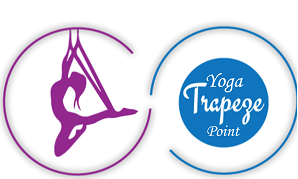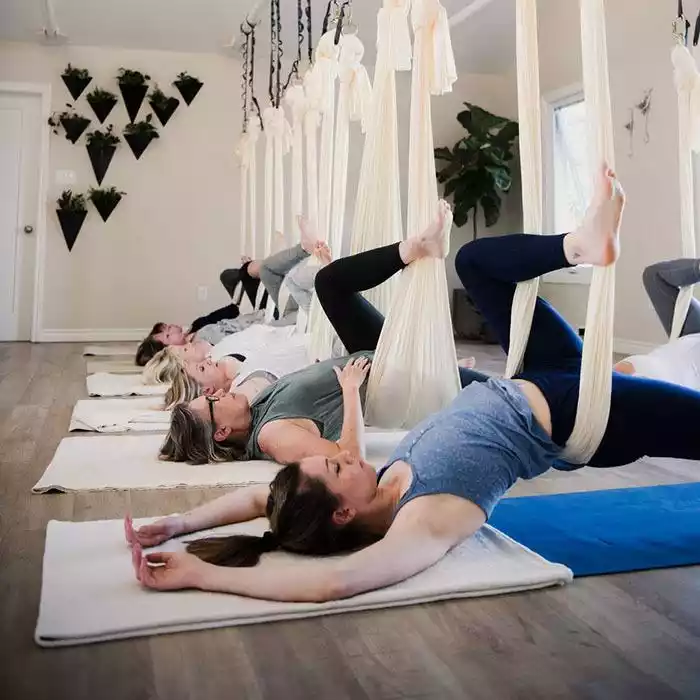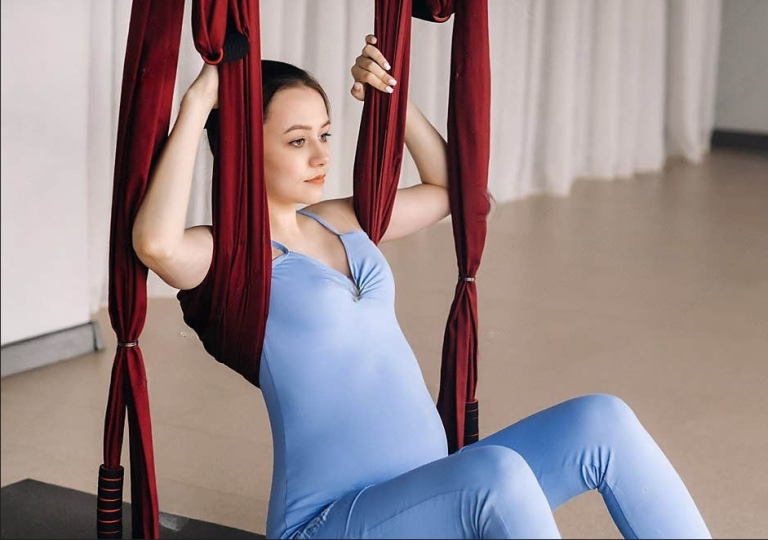Exploring the Benefits and Challenges of Aerial Yoga for Kids
Have you heard about aerial yoga? It’s this awesome combination of traditional yoga poses, Pilates, and dance, all done with the help of a hammock. It’s becoming trendy in the fitness and wellness communities. It’s really interesting how this thing has become super popular with kids. Hey there! This article is all about aerial yoga for kids. We’ll dive into the many aspects of this awesome activity, like its benefits, challenges, and how it helps children grow in a well-rounded way. Let’s get started!
Understanding aerial yoga
As we know, Aerial yoga is another form of traditional yoga poses with the help of yoga prop-aerial hammock.
This practice involves using a hammock or fabric sling that is hung from the ceiling. It allows people to do different yoga postures while being partially or completely off the ground. The adaptation not only brings a new way to feel movement but also offers several physical and mental advantages.
Awesome benefits of aerial yoga
We can explain the benefits of aerial yoga from three broader aspects.
1. Aerial yoga is great for improving flexibility and strength, especially when we look at it from a biomechanical point of view. The hammock’s support helps you stretch more deeply and makes it easier to do hard postures, which can improve your flexibility. Moreover, when you’re suspended, it’s important to steady yourself. This helps develop your core strength, balance, and coordination. For kids who are struggling with poor strength & weakness, anti-gravity yoga is a blessing to fix those all!
2. Aerial yoga can assist in relaxing the spine on a physiological level. Inversions, made easier by using a hammock, can help stretch the spine gently with the help of gravity. This helps relieve back discomfort and enhance good posture. This exercise boosts blood circulation and assists with lymphatic drainage, helping to strengthen the immune system.
3. Aerial yoga is a fun and unique way to improve a child’s brain and focus. It makes them feel happy and free. Therefore, the agility of doing it matches with the child’s growth hormone.


